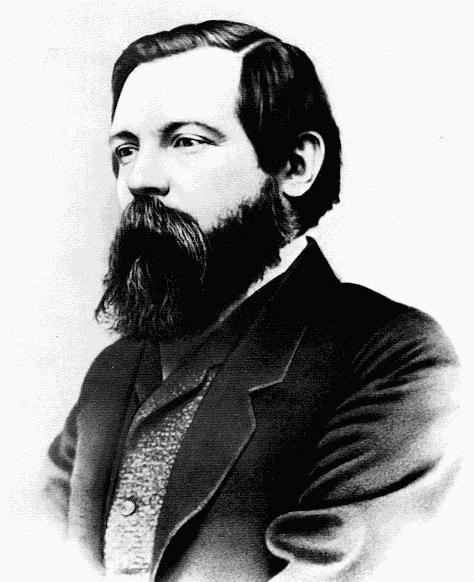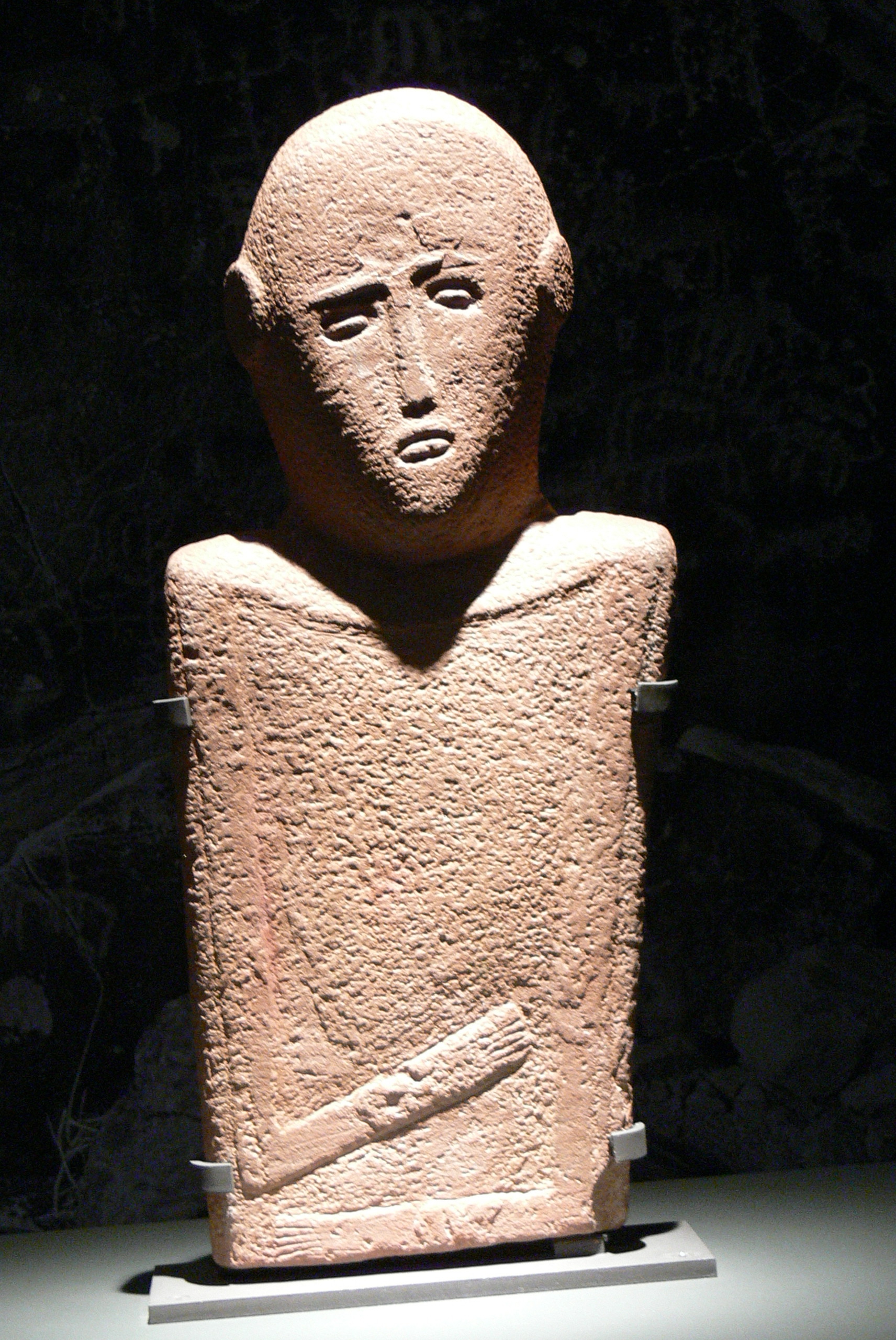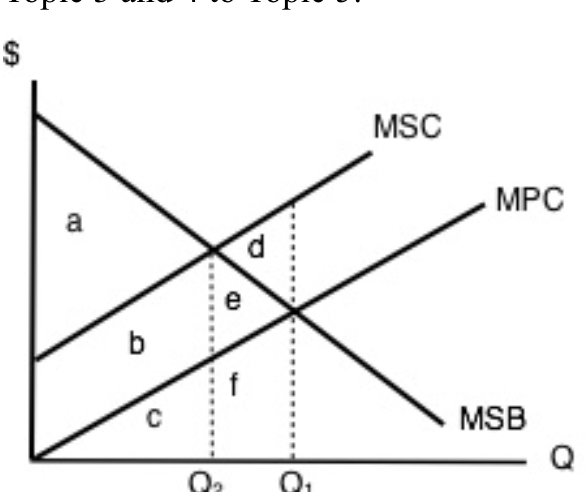|
State-owned Enterprise
A state-owned enterprise (SOE) is a business entity created or owned by a national or local government, either through an executive order or legislation. SOEs aim to generate profit for the government, prevent private sector monopolies, provide goods at lower prices, implement government policies, or serve remote areas where private businesses are scarce. The government typically holds full or majority ownership and oversees operations. SOEs have a distinct legal structure, with financial and developmental goals, like making services more accessible while earning profit (such as a state railway). They can be considered as government-affiliated entities designed to meet commercial and state capitalist objectives. Terminology The terminology around the term state-owned enterprise is murky. All three words in the term are challenged and subject to interpretation. First, it is debatable what the term "state" implies (e.g., it is unclear whether municipally owned corporations and ente ... [...More Info...] [...Related Items...] OR: [Wikipedia] [Google] [Baidu] |
State Capitalist
State capitalism is an economic system in which the state undertakes business and commercial economic activity and where the means of production are nationalized as state-owned enterprises (including the processes of capital accumulation, centralized management and wage labor). The definition can also include the state dominance of corporatized government agencies (agencies organized using business-management practices) or of public companies (such as publicly listed corporations) in which the state has controlling shares. A state-capitalist country is one where the government controls the economy and essentially acts as a single huge corporation, extracting surplus value from the workforce in order to invest it in further production.Compare: This designation applies regardless of the political aims of the state, even if the state is nominally socialist. Some scholars argue that the economy of the Soviet Union and of the Eastern Bloc countries modeled after it, including ... [...More Info...] [...Related Items...] OR: [Wikipedia] [Google] [Baidu] |
Public–private Partnership
A public–private partnership (PPP, 3P, or P3) is a long-term arrangement between a government and private sectors, private sector institutions.Hodge, G. A and Greve, C. (2007), Public–Private Partnerships: An International Performance Review, Public Administration Review, 2007, Vol. 67(3), pp. 545–558 Typically, it involves private capital financing government projects and services up-front, and then drawing revenues from taxpayers and/or users for profit over the course of the PPP contract. Public–private partnerships have been implemented in Public–private partnerships by country, multiple countries and are primarily used for infrastructure projects. Although they are not compulsory, PPPs have been employed for building, equipping, operating and maintaining schools, hospitals, transport systems, and water and sewerage systems. Cooperation between private actors, corporations and governments has existed since the inception of sovereign states, notably for the purpose ... [...More Info...] [...Related Items...] OR: [Wikipedia] [Google] [Baidu] |
Saudi Arabia
Saudi Arabia, officially the Kingdom of Saudi Arabia (KSA), is a country in West Asia. Located in the centre of the Middle East, it covers the bulk of the Arabian Peninsula and has a land area of about , making it the List of Asian countries by area, fifth-largest country in Asia, the largest in the Middle East, and the List of countries and dependencies by area, 12th-largest in the world. It is bordered by the Red Sea to the west; Jordan, Iraq, and Kuwait to the north; the Persian Gulf, Bahrain, Qatar and the United Arab Emirates to the east; Oman to the southeast; and Yemen to Saudi Arabia–Yemen border, the south. The Gulf of Aqaba in the northwest separates Saudi Arabia from Egypt and Israel. Saudi Arabia is the only country with a coastline along both the Red Sea and the Persian Gulf, and most of Geography of Saudi Arabia, its terrain consists of Arabian Desert, arid desert, lowland, steppe, and List of mountains in Saudi Arabia, mountains. The capital and List of cities ... [...More Info...] [...Related Items...] OR: [Wikipedia] [Google] [Baidu] |
Saudi Aramco
Saudi Aramco ( ') or Aramco (formerly Arabian-American Oil Company), officially the Saudi Arabian Oil Company, is a majority state-owned petroleum and natural gas company that is the national oil company of Saudi Arabia. , it is the fourth- largest company in the world by revenue and is headquartered in Dhahran. Saudi Aramco has both the world's second-largest proven crude oil reserves, at more than , and largest daily oil production of all oil-producing companies. Saudi Aramco operates the world's largest single hydrocarbon network, the Master Gas System. In 2024, its oil production total was 12.7 million barrels of oil equivalent per day, and it manages over one hundred oil and gas fields in Saudi Arabia, including 288.4 trillion standard cubic feet (scf) of natural gas reserves. Along the Eastern Province, Saudi Aramco most notably operates the Ghawar Field (the world's largest onshore oil field) and the Safaniya Field (the world's largest offshore oil field). [...More Info...] [...Related Items...] OR: [Wikipedia] [Google] [Baidu] |
National Oil Company
A national oil company (NOC) is a petroleum company that is fully or partly owned by the government of a sovereign nation. NOCs produce about half the world’s oil and gas. Due to their increasing dominance over global reserves, the importance of NOCs has risen dramatically in recent decades relative to International Oil Companies (IOCs), such as BP, ExxonMobil or Shell plc. NOCs are also increasingly investing outside their national borders. See also * List of petroleum companies * Nationalization of oil supplies * State-owned enterprise A state-owned enterprise (SOE) is a business entity created or owned by a national or local government, either through an executive order or legislation. SOEs aim to generate profit for the government, prevent private sector monopolies, provide goo ... References External links National Oil Company Database Petroleum economics {{Petroleum-stub ... [...More Info...] [...Related Items...] OR: [Wikipedia] [Google] [Baidu] |
OPEC
The Organization of the Petroleum Exporting Countries (OPEC ) is an organization enabling the co-operation of leading oil-producing and oil-dependent countries in order to collectively influence the global oil market and maximize Profit (economics), profit. It was founded on 14 September 1960 in Baghdad by the first five members: Iran, Iraq, Kuwait, Saudi Arabia, and Venezuela. The organization, which currently comprises 12 member countries, accounted for 38 percent of List of countries by oil production, global oil production, according to a 2022 report. Additionally, it is estimated that 79.5 percent of the world's proven oil reserves are located within OPEC nations, with the Middle East alone accounting for 67.2 percent of OPEC's total reserves.Organization of the Petroleum Exporting Countries. (2023). ''OPEC Annual Statistical Bulletin'' (58th ed.), 90 pages. Retrieved from https://asb.opec.org/. ISSN: 0475-0608. (See pages 7 and 22). In a series of steps in the 1960s and ... [...More Info...] [...Related Items...] OR: [Wikipedia] [Google] [Baidu] |
Transaction Costs
In economics, a transaction cost is a cost incurred when making an economic trade when participating in a market. The idea that transactions form the basis of economic thinking was introduced by the institutional economist John R. Commons in 1931. Oliver E. Williamson's ''Transaction Cost Economics'' article, published in 2008, popularized the concept of transaction costs. Douglass C. North argues that institutions, understood as the set of rules in a society, are key in the determination of transaction costs. In this sense, institutions that facilitate low transaction costs can boost economic growth.North, Douglass C. 1992. "Transaction costs, institutions, and economic performance", San Francisco, CA: ICS Press. Alongside production costs, transaction costs are one of the most significant factors in business operation and management. Definition Williamson defines transaction costs as a cost innate in running an economic system of companies, comprising the total costs of ... [...More Info...] [...Related Items...] OR: [Wikipedia] [Google] [Baidu] |
User Fee
A user fee is a fee, tax, or impost payment paid to a facility owner or operator by a facility user as a necessary condition for using the facility. People pay user fees for the use of many public services and facilities. At the federal level in the United States, there is a charge for walking to the top of the Statue of Liberty, to drive into many national parks, and to use particular services of the Library of Congress. States may charge tolls for driving on highways or impose a fee on those who camp in state parks. Communities usually have entrance fees for public swimming pools and meters for parking on local streets as well as perhaps even parking spaces at public beaches, dump stickers and postage stamps. In the United States, the Highway Trust Fund is supported by per-gallon taxes on fuel, acting as a user fee where those who drive more (and thus use more fuel) pay proportionally more for transportation infrastructure. State fuel taxes have a similar user-fee model, ... [...More Info...] [...Related Items...] OR: [Wikipedia] [Google] [Baidu] |
Spillover Effect
In economics, a spillover is a positive or a negative, but more often negative, impact experienced in one region or across the world due to an independent event occurring from an unrelated environment. For example, externalities of economic activity are non-monetary spillover effects upon non-participants. Odors from a rendering plant are negative spillover effects upon its neighbors; the beauty of a homeowner's flower garden is a positive spillover effect upon neighbors. The concept of spillover in economics could be replaced by terminations of technology spillover, R&D spillover and/or knowledge spillover when the concept is specific to technology management and innovation economics. Moreover, positive or negative impact often creates a social crisis or a shock in the market like booms or crashes. In the same way, the economic benefits of increased trade are the spillover effects anticipated in the formation of multilateral alliances of many of the regional nation states: e ... [...More Info...] [...Related Items...] OR: [Wikipedia] [Google] [Baidu] |
Merit Good
The economics concept of a merit good, originated by Richard Musgrave (1957, 1959), is a commodity which is judged that an individual or society should have on the basis of some concept of benefit, rather than ability and willingness to pay. The term is, perhaps, less often used presently than it was during the 1960s to 1980s but the concept still motivates many economic actions by governments. Examples include in-kind transfers such as the provision of food stamps to assist nutrition, the delivery of health services to improve quality of life and reduce morbidity, and subsidized housing and education. Definition A merit good can be defined as a good which would be under-consumed (and under-produced) by a free market economy, due to two main reasons: # When consumed, a merit good creates positive externalities (an externality being a third party/spill-over effect of the consumption or production of the good/service). This means that there is a divergence between private benefit ... [...More Info...] [...Related Items...] OR: [Wikipedia] [Google] [Baidu] |
Alcoholic Beverage
Drinks containing alcohol (drug), alcohol are typically divided into three classes—beers, wines, and Distilled beverage, spirits—with alcohol content typically between 3% and 50%. Drinks with less than 0.5% are sometimes considered Non-alcoholic drink, non-alcoholic. Many societies have a distinct drinking culture, where alcoholic drinks are integrated into party, parties. Most countries have Alcohol law, laws regulating the production, sale, and consumption of alcoholic beverages. Some regulations require the labeling of the percentage alcohol content (as ABV or Alcohol proof, proof) and the use of a Alcohol warning label, warning label. List of countries with alcohol prohibition, Some countries Prohibition, ban the consumption of alcoholic drinks, but they are legal in most parts of the world. The temperance movement advocates against the consumption of alcoholic beverages. The global alcohol industry, alcoholic drink industry exceeded $1.5 trillion in 2017. Alcohol is o ... [...More Info...] [...Related Items...] OR: [Wikipedia] [Google] [Baidu] |
Demerit Good
In economics, a demerit good is "a good or service whose consumption is considered unhealthy, degrading, or otherwise socially undesirable due to the perceived negative effects on the consumers themselves"; it could be over-consumed if left to market forces of supply and demand. Examples of demerit goods include tobacco, alcoholic beverages, recreational drugs, gambling and junk food. Because of the nature of these goods, governments often levy taxes on these goods (specifically, sin taxes), in some cases regulating or banning consumption or advertisement of these goods. Concept There is an important conceptual distinction between a demerit good and a negative externality. A negative externality occurs when the consumption of a good has measurable negative consequences on others who do not consume the good themselves. Pollution (due, for example, to automobile use) is the canonical example of a negative externality. By contrast, a demerit good is considered as undesirable becaus ... [...More Info...] [...Related Items...] OR: [Wikipedia] [Google] [Baidu] |






